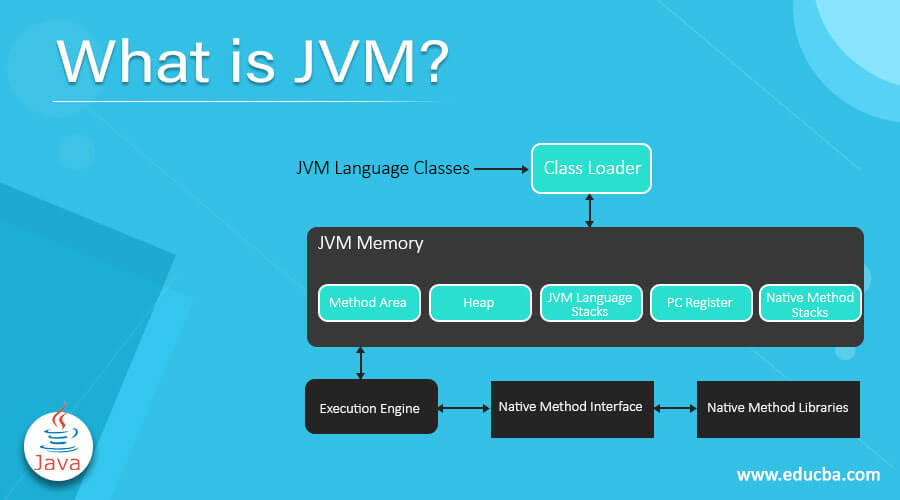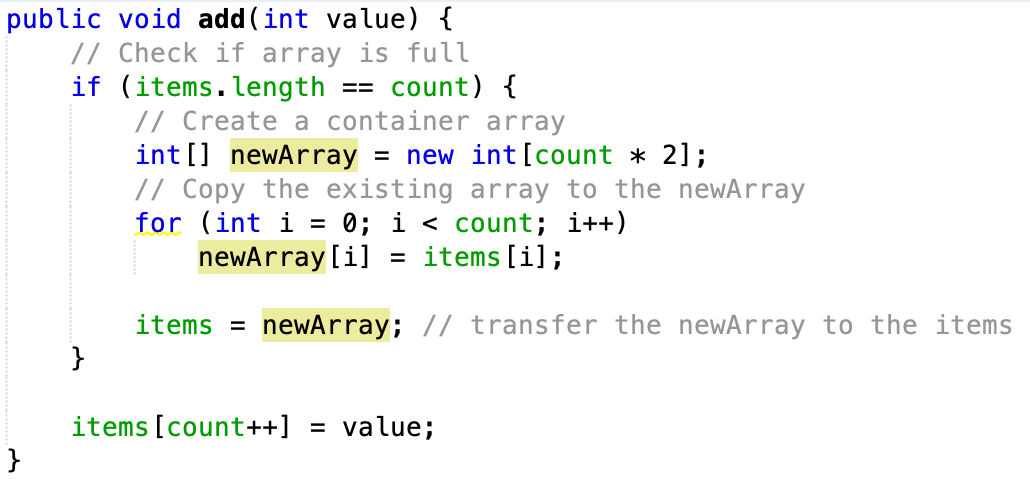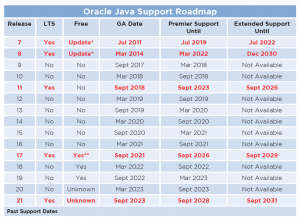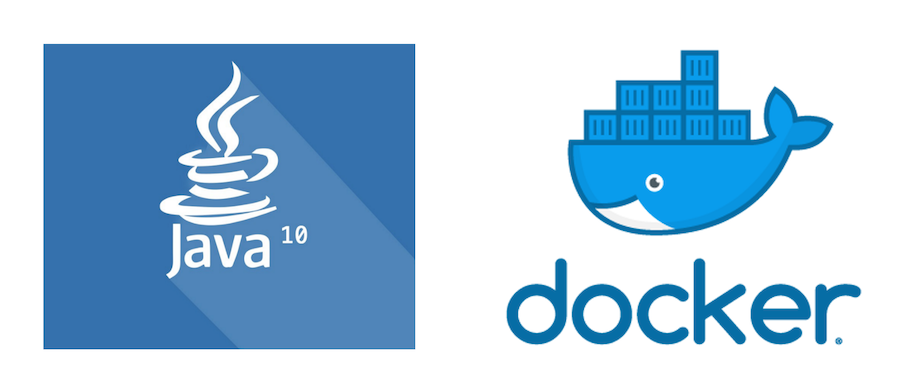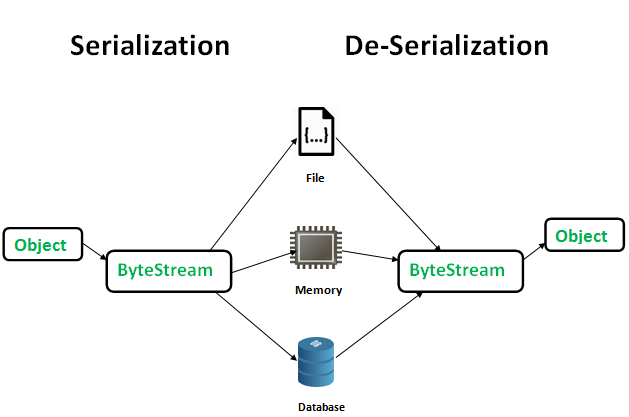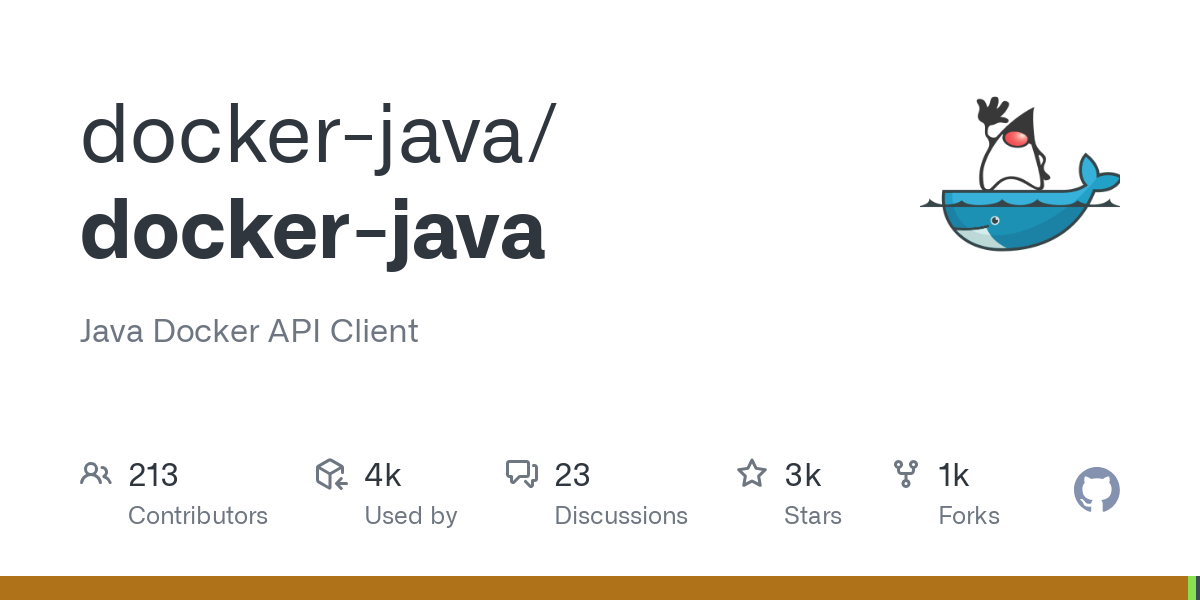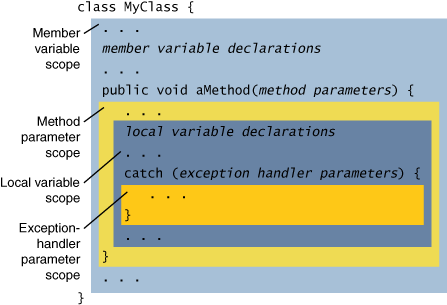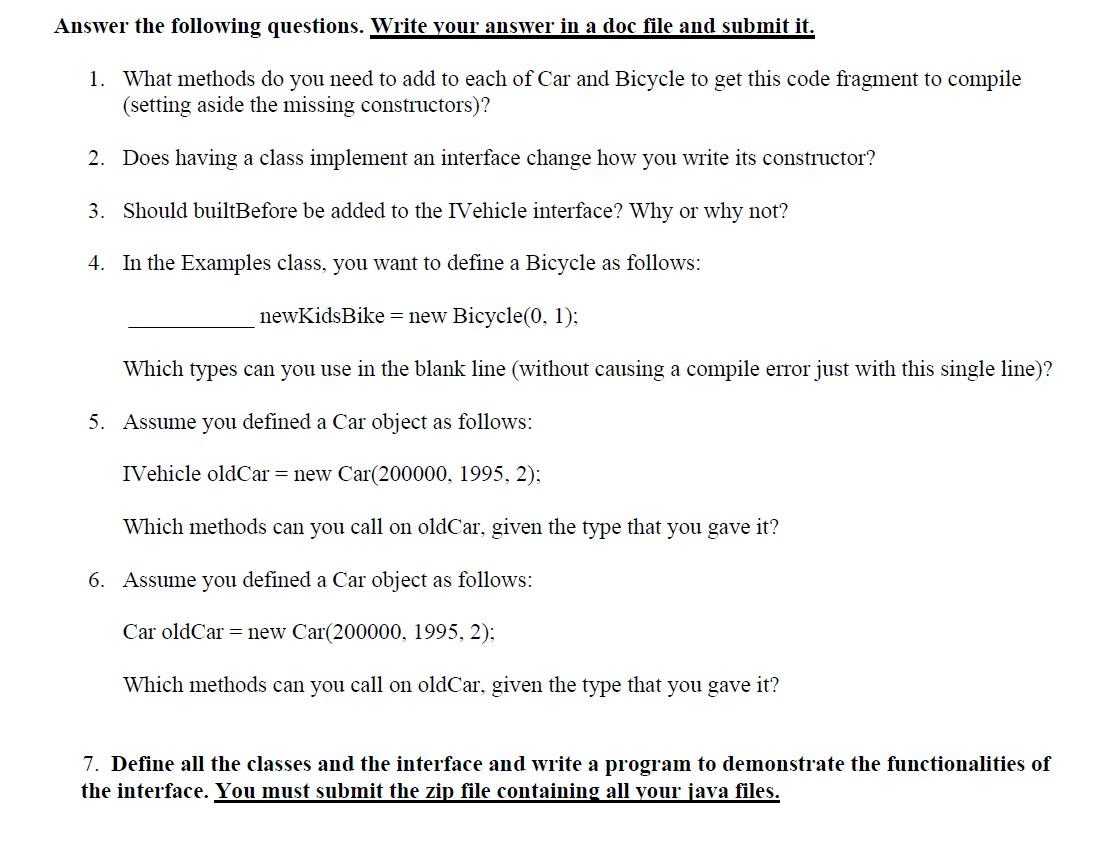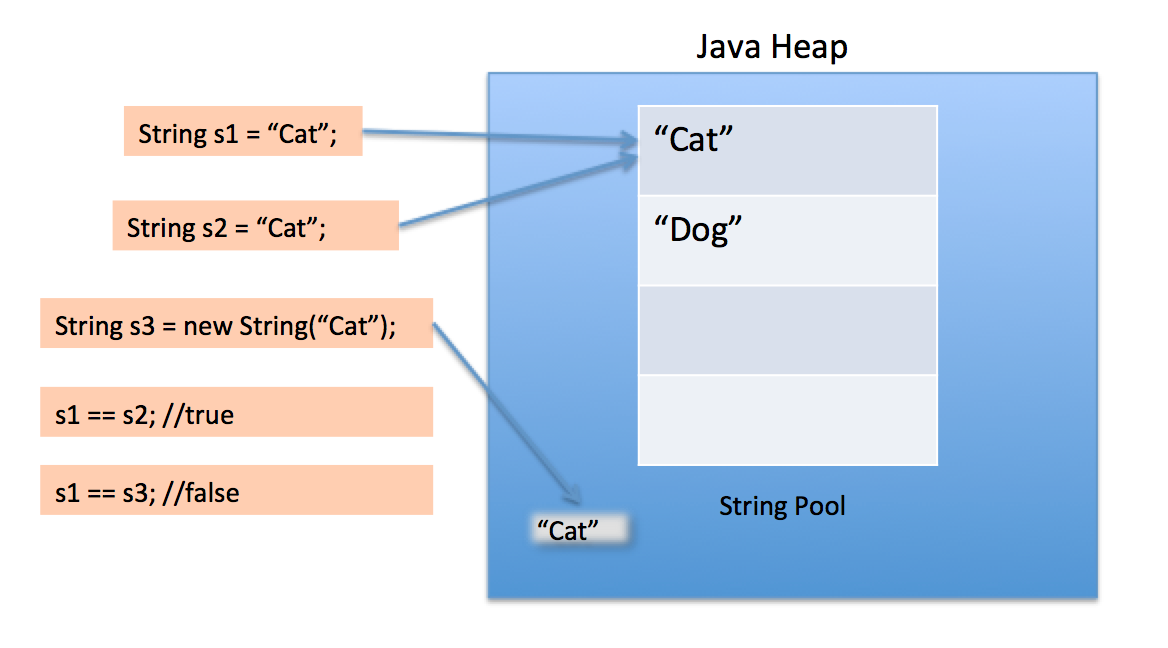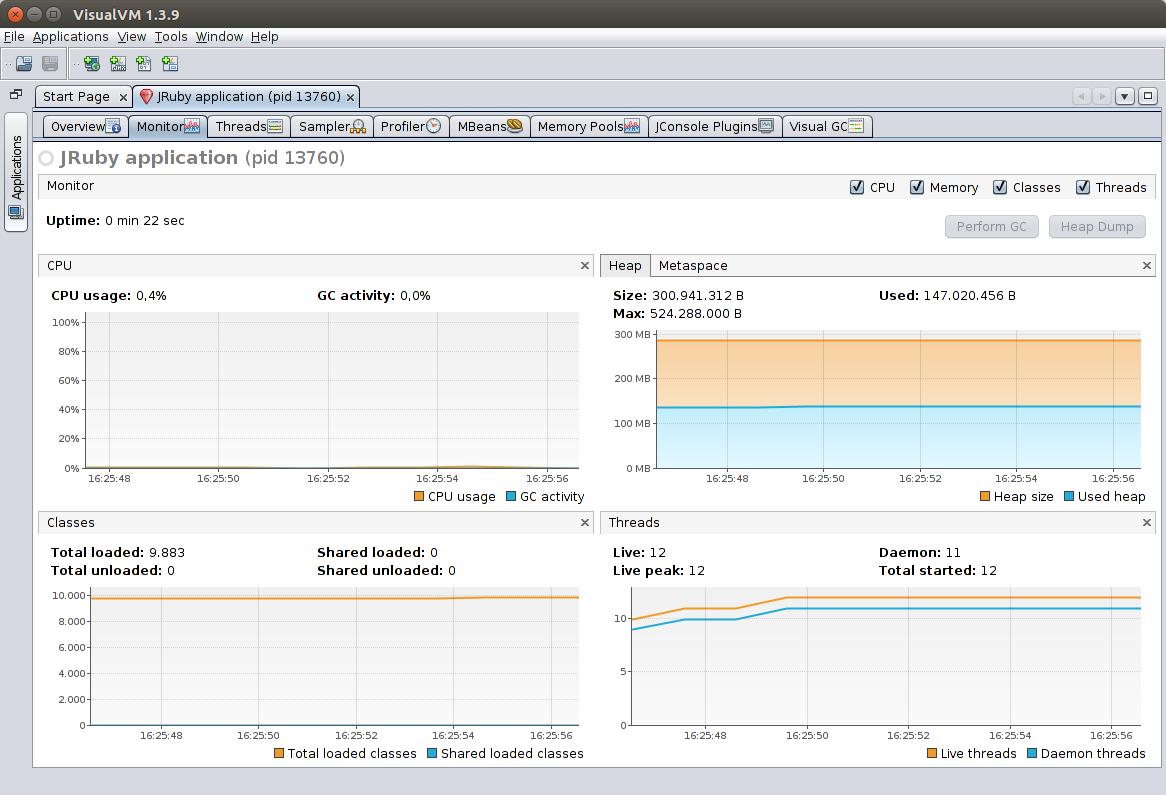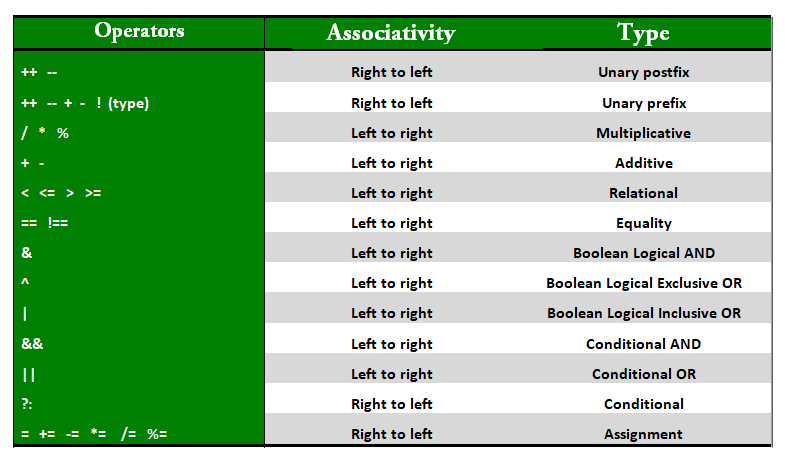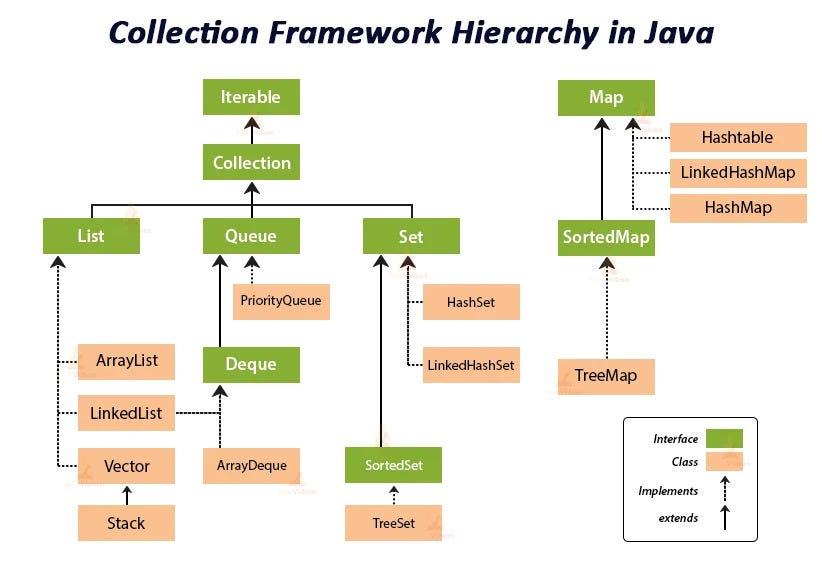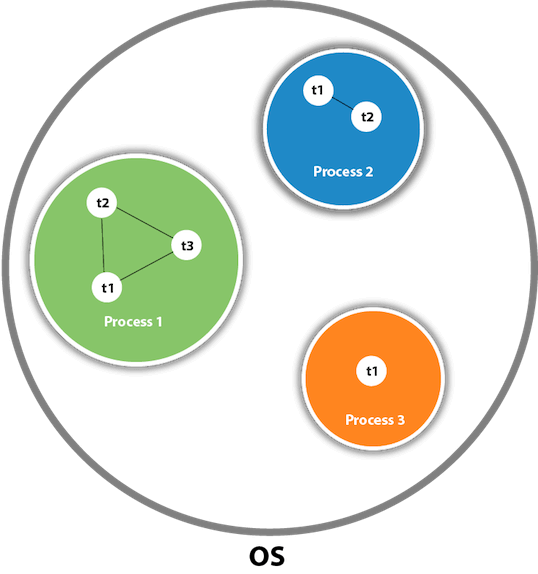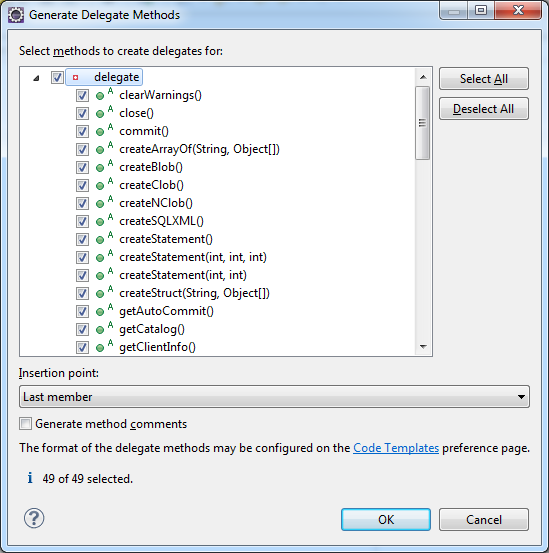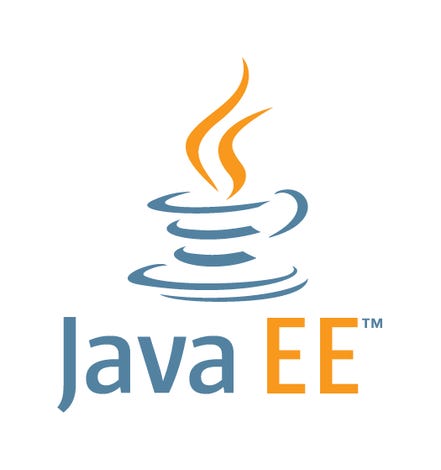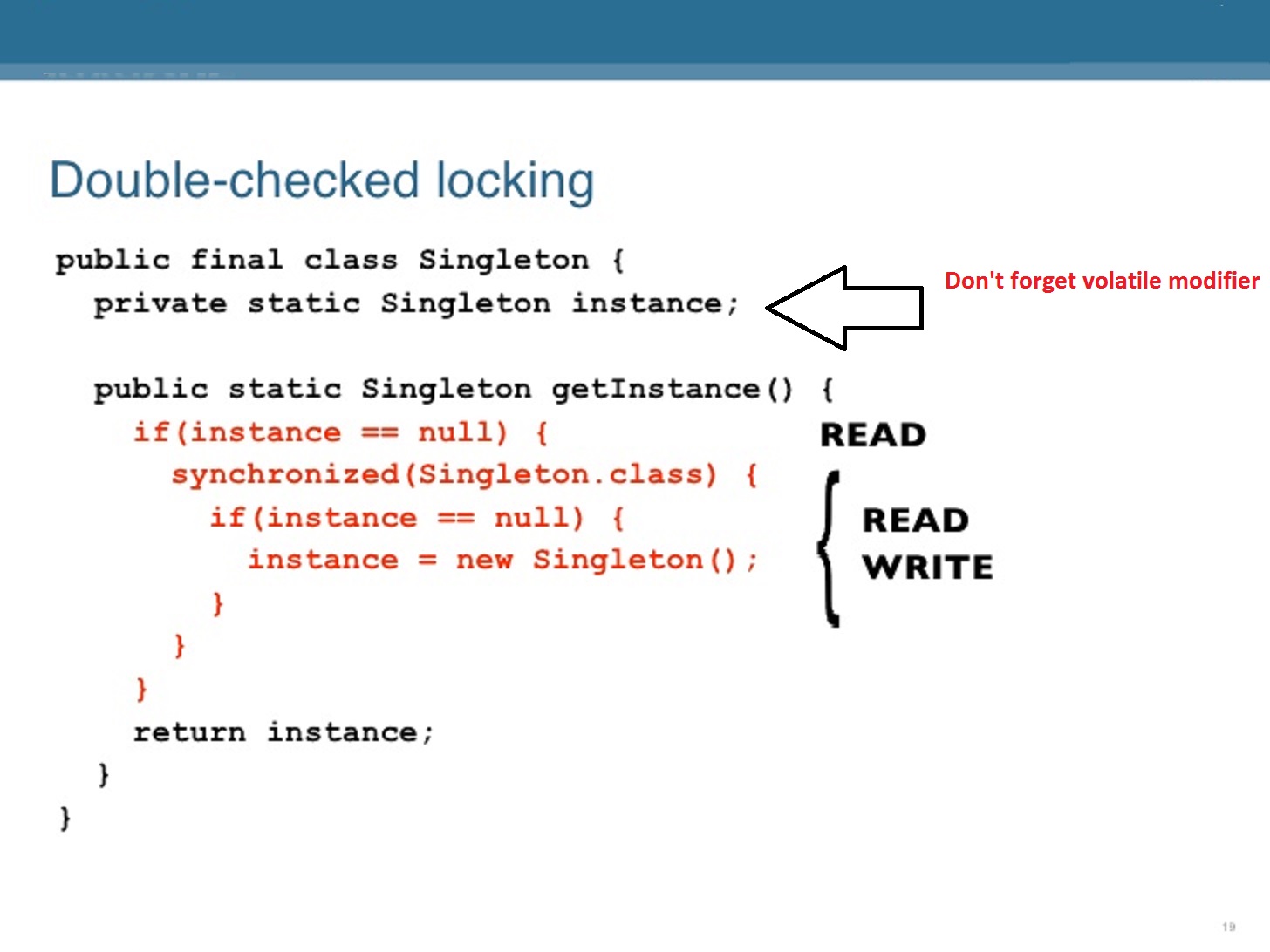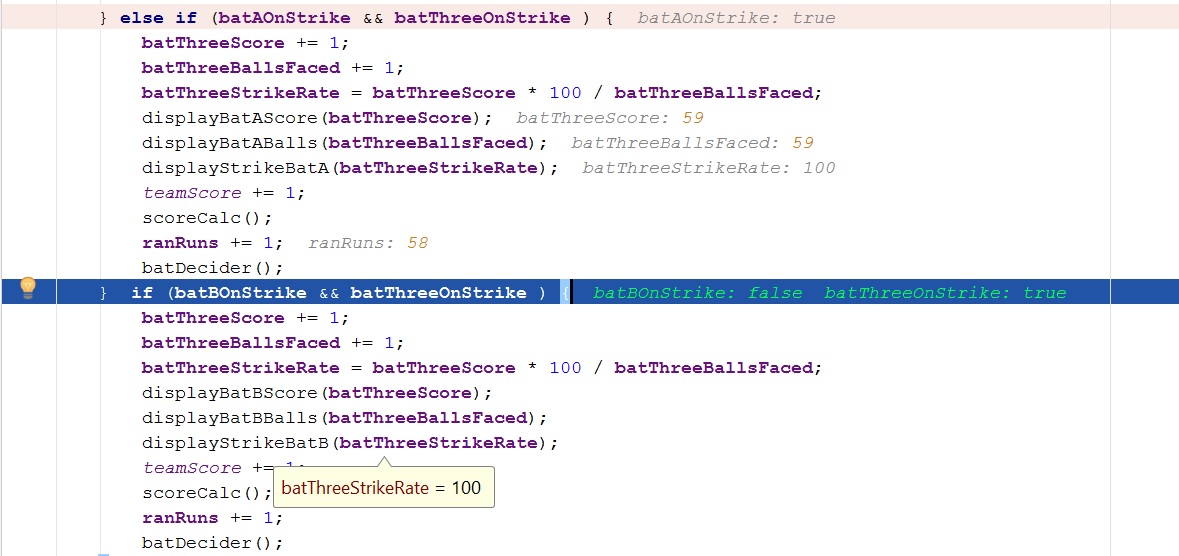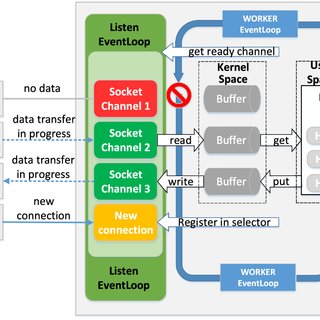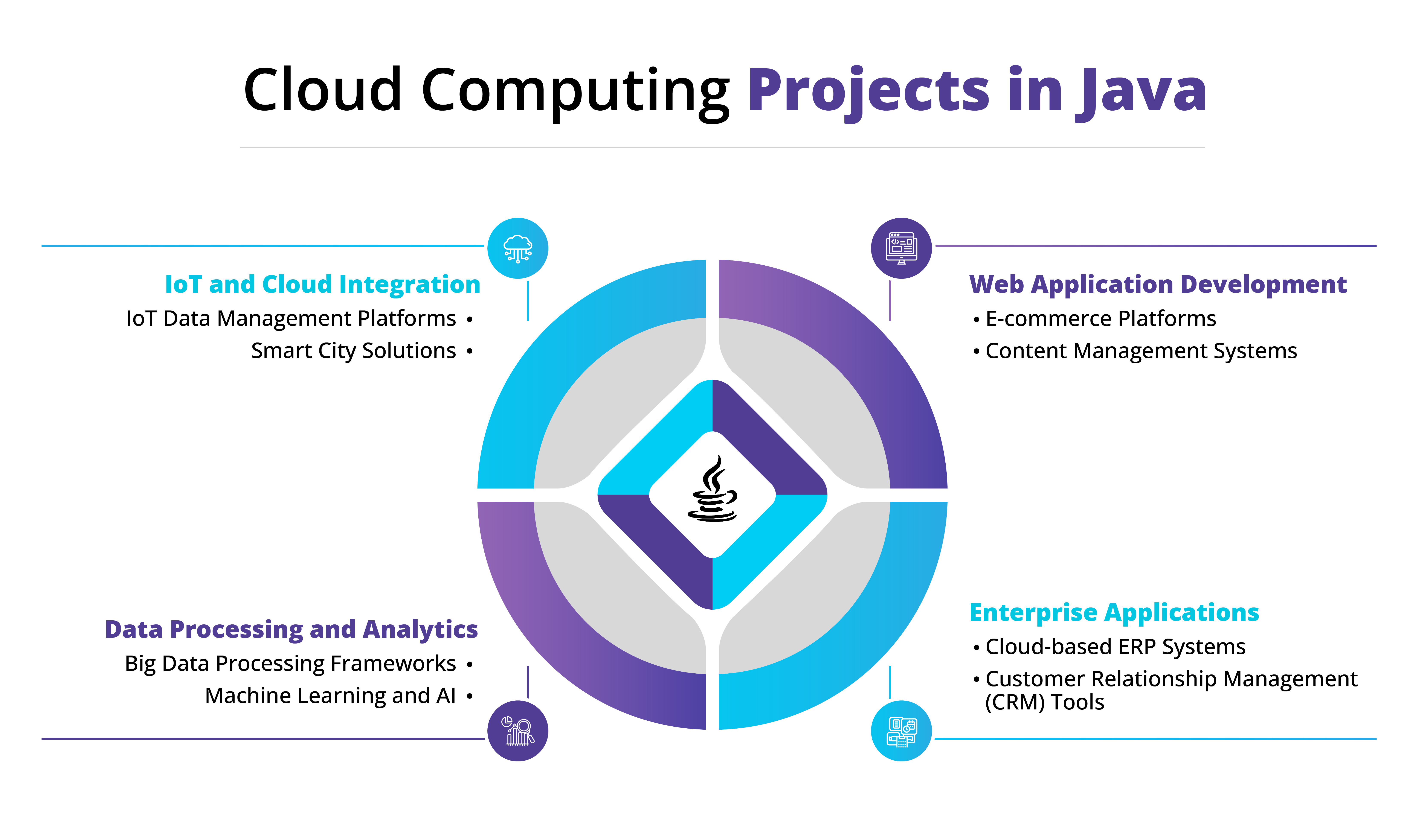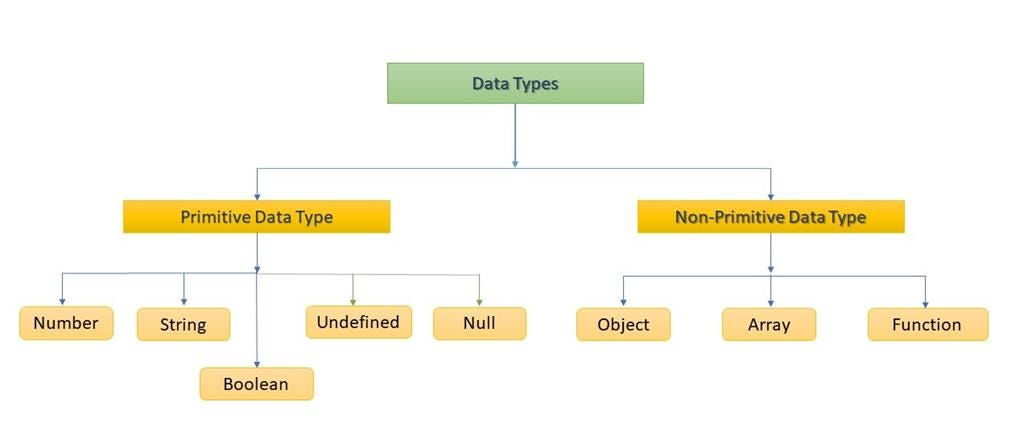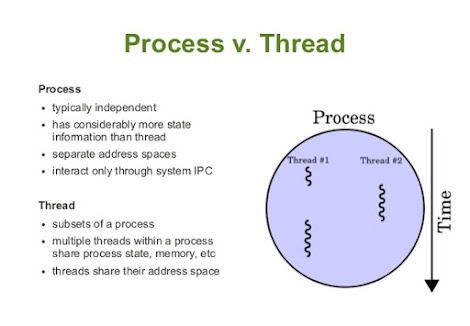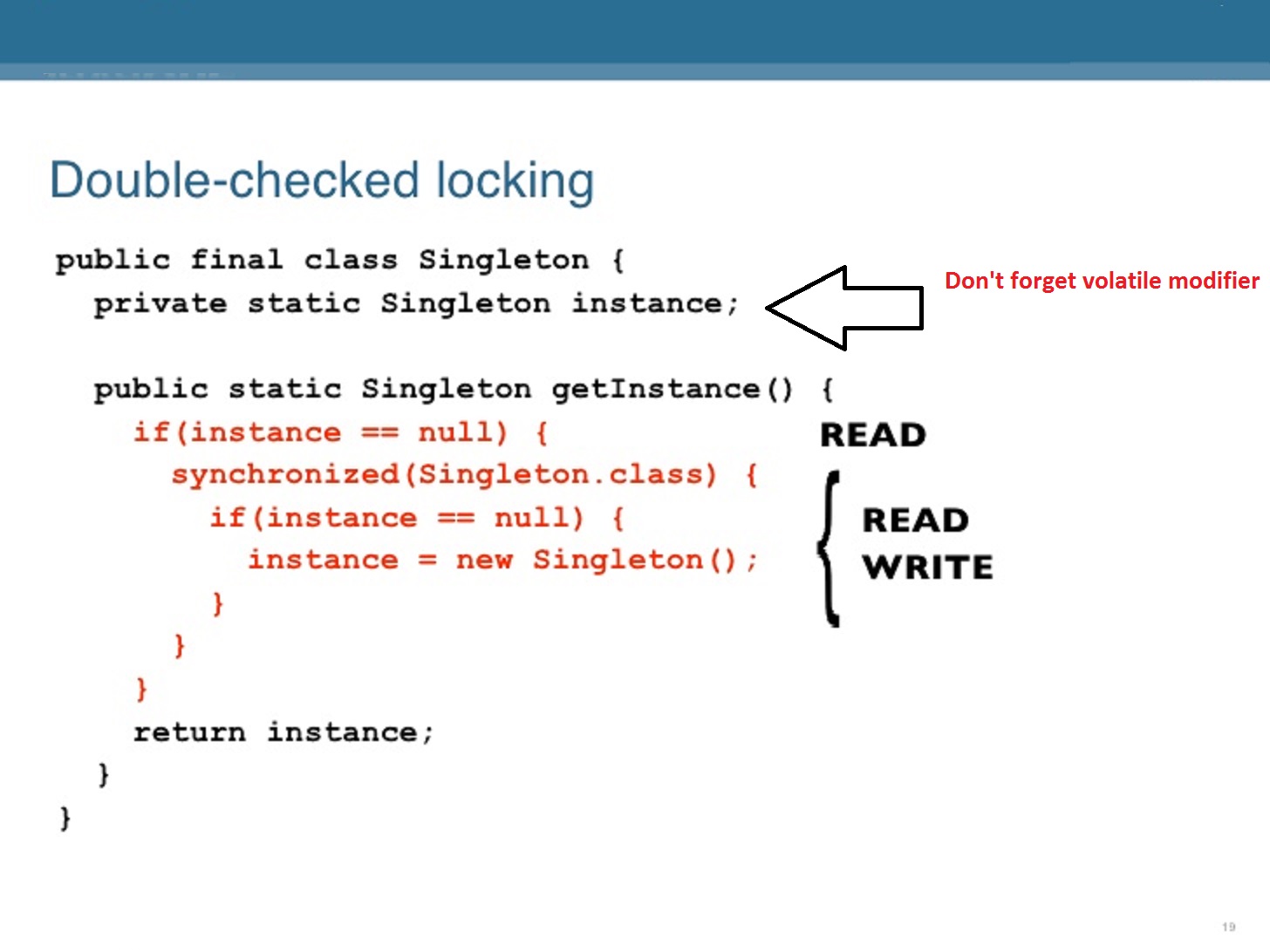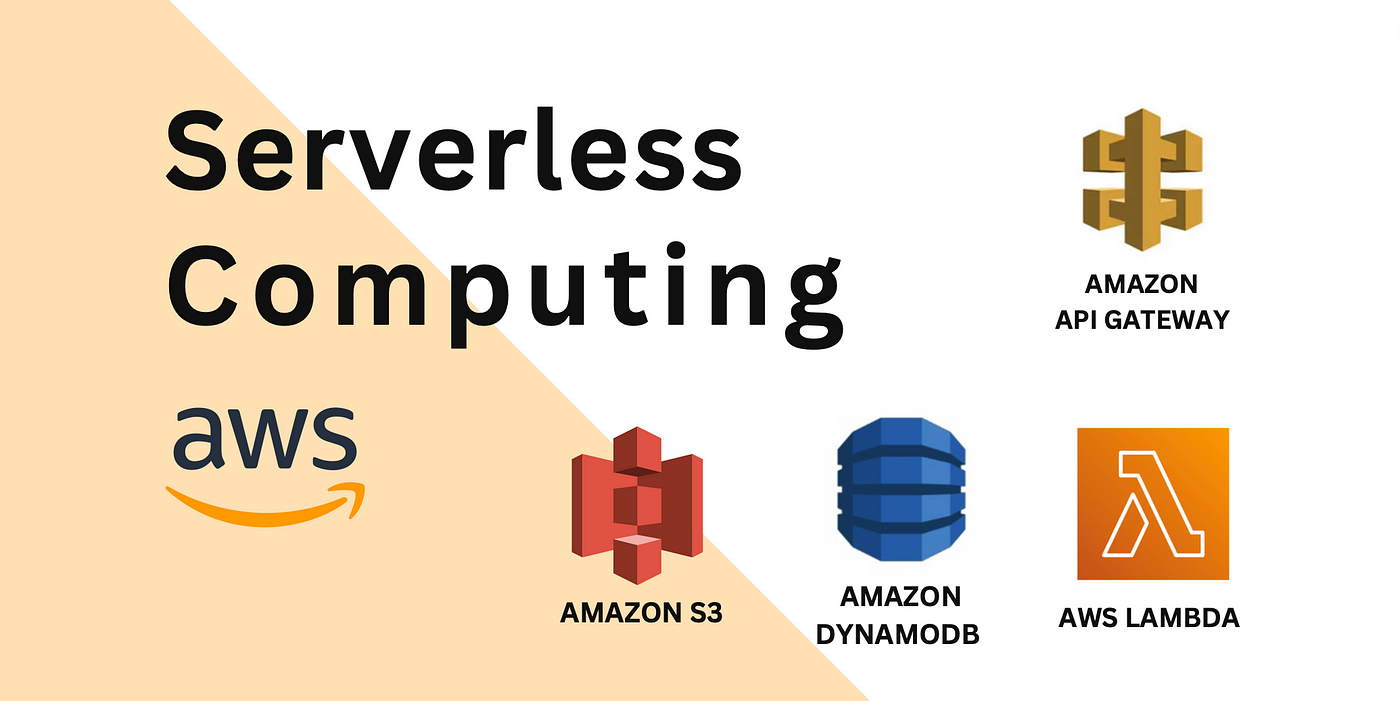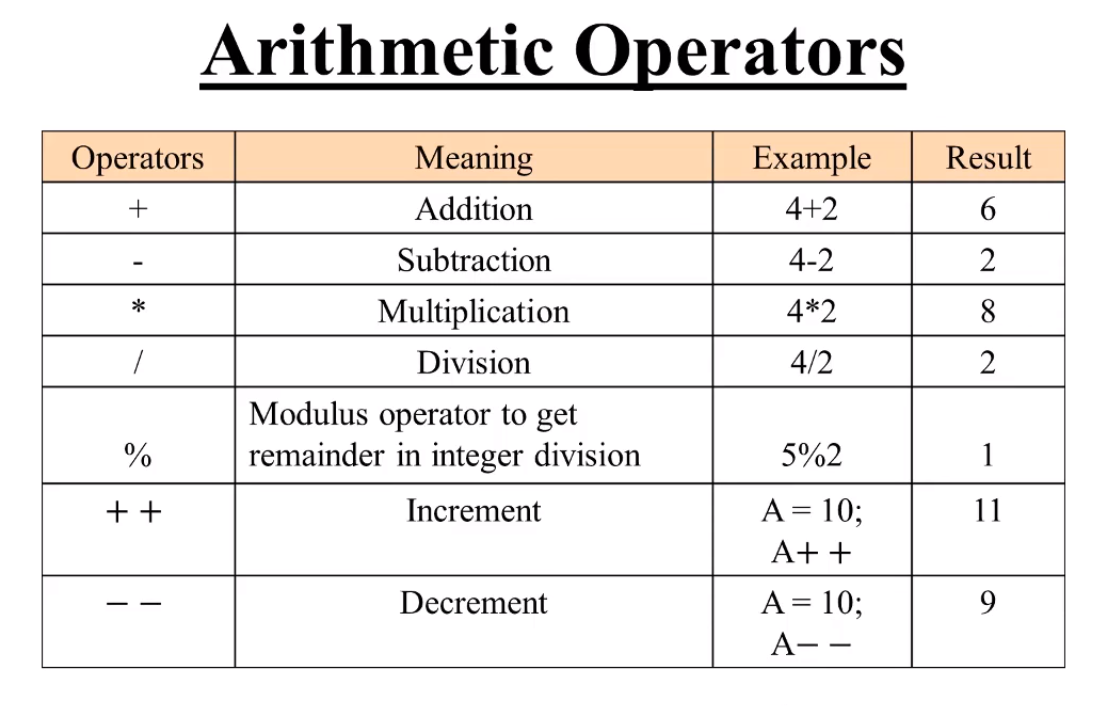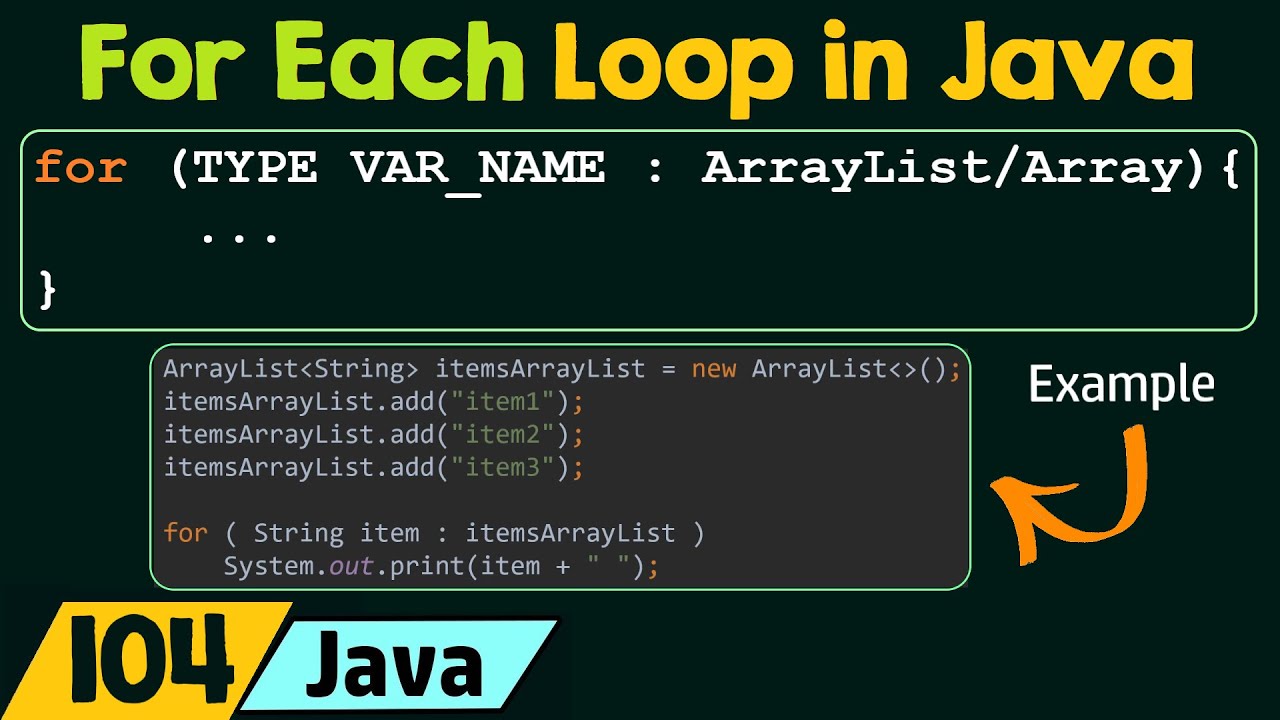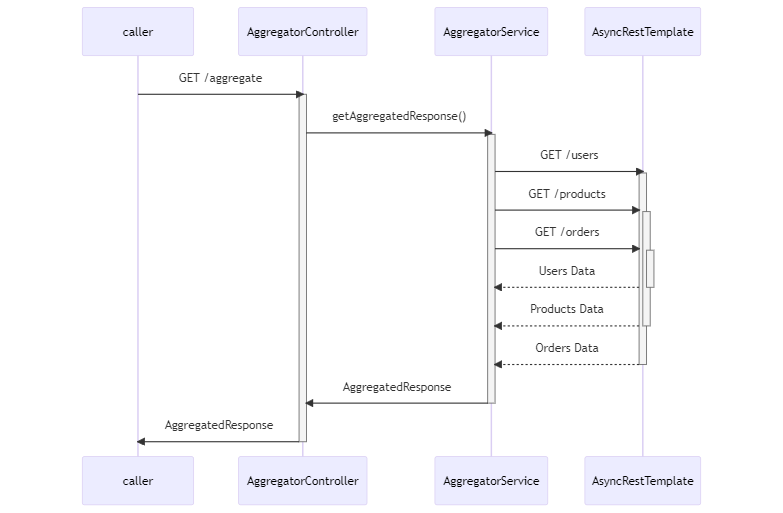Is Java RMI still used?
Is Java RMI still used?
Java Remote Method Invocation (RMI) is a mechanism that allows for the creation of distributed systems where objects on different machines can interact with each other as if they were located on the same machine.
Although Java RMI has been around since the late 1990s, its usage has declined significantly over the years. There are several reasons for this:
Rise of cloud computing: With the advent of cloud computing, developers have shifted their focus towards using cloud-based services that abstract away low-level details such as networking and distributed systems. Adoption of alternative technologies: Other technologies such as RESTful APIs, SOAP-based web services, and messaging queues (like JMS or RabbitMQ) have become more popular for building distributed systems. These technologies provide simpler and more robust ways of integrating applications compared to Java RMI. Complexity and limitations: Java RMI is a complex technology that requires a good understanding of networking, sockets, and object serialization. Its complexity can be daunting for developers who are new to distributed systems programming.Despite these factors, Java RMI still has its uses:
Legacy system integration: For integrating legacy systems that rely heavily on RMI, it may still be necessary to use Java RMI to maintain compatibility. High-performance computing: In high-performance computing applications where low-latency and high-bandwidth communication is crucial, Java RMI can provide a reliable and efficient way of communicating between nodes.To illustrate the continued relevance of Java RMI, let's consider an example. Suppose you're building a distributed system that involves processing large amounts of data across multiple nodes. You might use Java RMI to create a shared object space where nodes can access and manipulate shared objects, allowing them to coordinate their activities efficiently.
In summary, while Java RMI is no longer the most popular choice for building distributed systems, it still has its niche uses in certain domains, particularly those that require low-latency communication or legacy system integration. However, for new projects, developers are more likely to opt for alternative technologies that provide similar functionality with fewer complexities.
References:
"Java RMI Tutorial" by Oracle (https://docs.oracle.com/javase/tutorial/rmi/index.html) "RMI vs RESTful APIs: Which One Should You Use?" by DZone (https://dzone.com/articles/rmi-vs-restful-apis) "A Comparison of Java RMI and CORBA" by IBM Developer (https://www.ibm.com/developerworks/library/os-javacorba/)RMI in Java w3schools
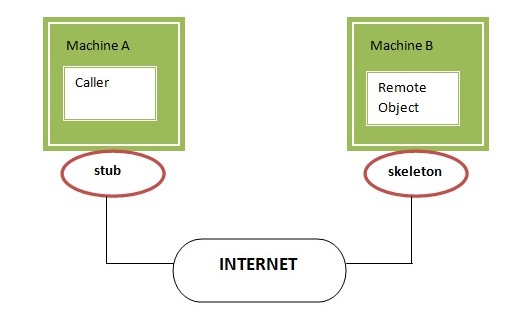
I'd be happy to help! Here's a comprehensive guide on using Remote Method Invocation (RMI) in Java, following W3Schools' style:
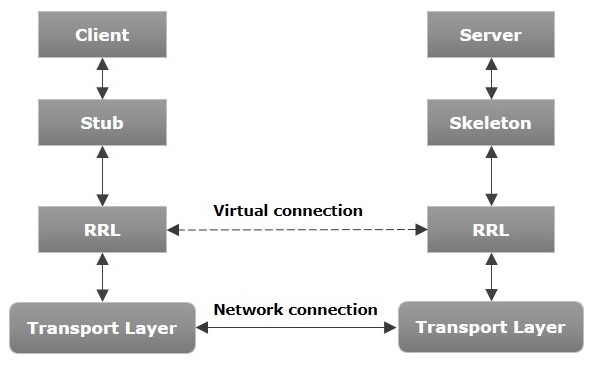
Introduction to RMI
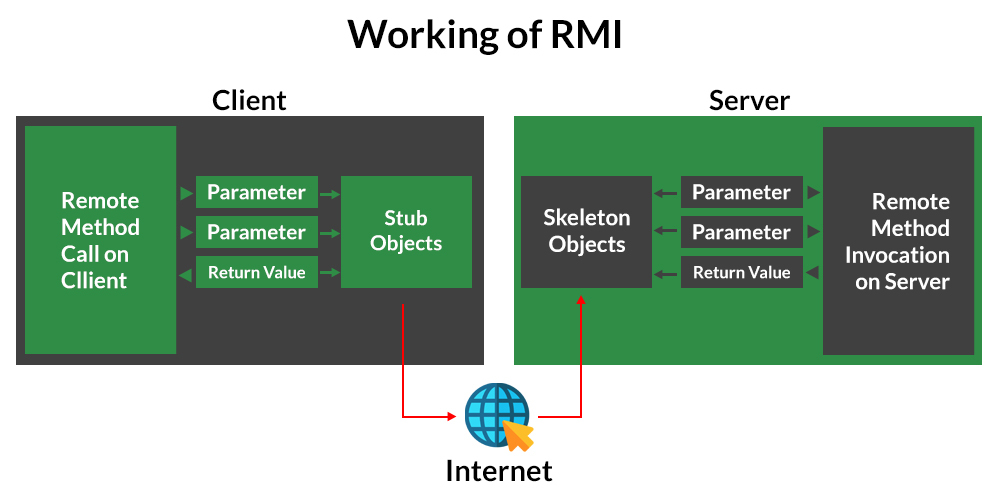
Remote Method Invocation (RMI) is a Java technology that allows an object on one machine to invoke methods on an object in another machine. It is a part of the Java Platform API, and it provides a way for objects on different machines to communicate with each other.
How RMI Works
Here's how RMI works:
Server Side: A Java program, called the "RMI server", runs on one machine. This program exports an object, which is the remote object that clients can access. Client Side: Another Java program, called the "RMI client", runs on a different machine. The RMI client uses the RMI mechanism to connect to the RMI server and invoke methods on the remote object.Steps to Use RMI
Here are the steps to use RMI:
Create a Remote Object: A Java program exports an object, which is the remote object that clients can access. Generate Stub Code: The rmic command-line tool generates stub code for both the client and server sides. This code includes method implementations for both sides. Compile and Run the Client and Server: Compile and run the client and server programs.RMI Architecture
Here's an overview of the RMI architecture:
Remote Reference: The client gets a remote reference to the remote object. Stub: The client uses the stub, which is generated code that communicates with the RMI registry. Registry: The RMI registry keeps track of all registered remote objects. Marshalling/Unmarshalling: When invoking a method on a remote object, the client's stub and the server's stub marshal (convert) the method's arguments into bytes, which are then sent over the network. The receiving side unmarshals (converts back to Java primitive types) these bytes. Method Invocation: The remote object receives the marshaled bytes and invokes its own implementation of the method.RMI Registry
The RMI registry is a naming service that keeps track of all registered remote objects. Clients can query the registry to get references to remote objects, which they can then use to invoke methods on those objects.
Example Code
Here's an example code snippet that demonstrates using RMI:
// Remote Object (Server Side)
import java.rmi.Remote;
import java.rmi.RemoteException;
public interface MyRemoteInterface extends Remote {
String hello();
}
public class MyRemoteObject implements MyRemoteInterface {
public String hello() throws RemoteException {
return "Hello from the remote object!";
}
}
// Client Code
import java.rmi.Naming;
import java.rmi.RemoteException;
public class RMIClient {
public static void main(String[] args) {
try {
// Get a reference to the remote object
MyRemoteInterface myRemote = (MyRemoteInterface)
Naming.lookup("rmi://localhost:1099/MyRemoteObject");
// Invoke the hello method on the remote object
String result = myRemote.hello();
System.out.println(result);
} catch (Exception e) {
System.err.println(e.getMessage());
}
}
}
Advantages and Disadvantages
Here are some advantages and disadvantages of using RMI:
Advantages:
Distributed Computing: RMI allows you to build distributed applications where objects on different machines can communicate with each other. Easy Connection: RMI makes it easy for a client program to connect to a remote object.Disadvantages:
Performance Overhead: RMI requires marshalling/unmarshalling, which can result in performance overhead. Security Concerns: RMI requires you to open ports on your machine, making it vulnerable to security attacks.Conclusion
RMI is a powerful technology that allows Java programs to communicate with each other across the network. It's useful for building distributed applications where objects on different machines need to communicate with each other. However, it also has some limitations and potential drawbacks.
